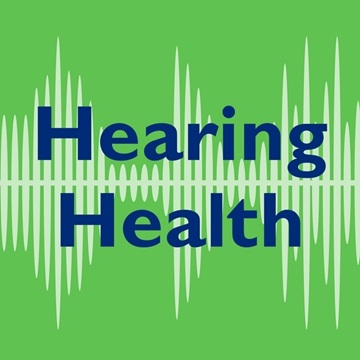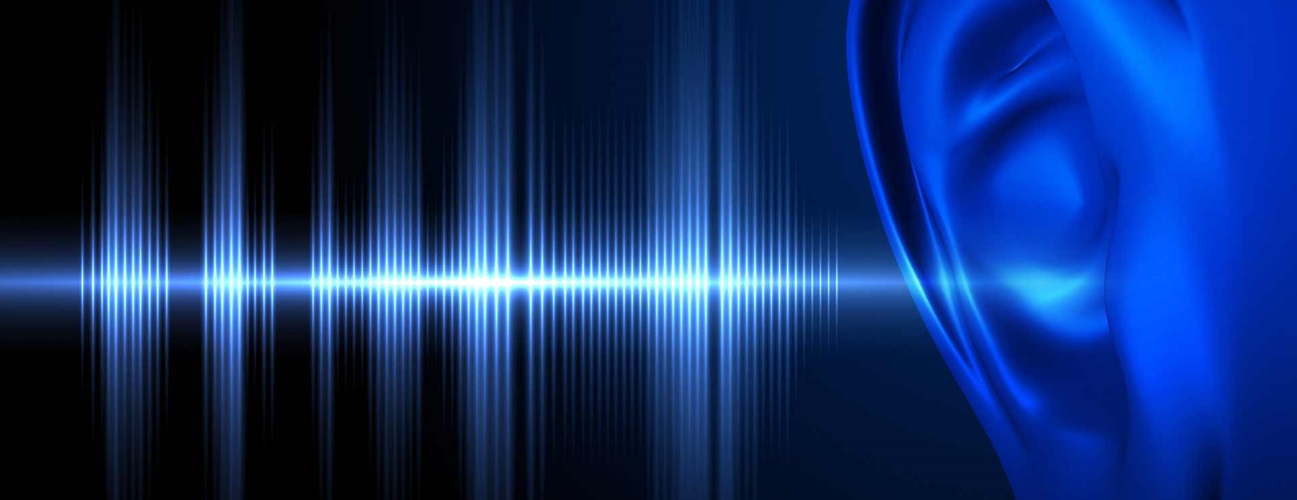Understanding Your Audiogram

The audiogram is a chart that shows the results of a hearing test. It shows how well you hear sounds in terms of frequency (high-pitched sounds versus low-pitched sounds) and intensity, or loudness. The audiogram shows results for each ear and tells the audiologist the softest sound you can hear at each specific frequency.
Frequency
Frequency or pitch is measured in Hertz (Hz). Frequencies range from low pitch to high pitch and read from left to right on the audiogram. Each vertical line represents a different frequency, such as 250, 500, 1000, 2000, 4000 and 8000 Hz.
Intensity
The intensity is measured in decibels (dB). The intensity relates to how loud or soft a sound is. Each horizontal line represents a different intensity level. The softest sounds are at the top of the chart and the loudest sounds at the bottom. Each mark on your audiogram shows the softest sounds you can hear. The softest intensity tested is typically 0 dB and the loudest is 120 dB.
Right Ear vs Left Ear
For the part of the hearing test when you used headphones, results for your right ear appear on the audiogram as either a circle or triangle. The left ear is graphed with an X or a square. These responses represent the air conduction results of either the right or left ear.
Results for the part of the hearing test when you are listening through speakers or in the sound field are marked with “S.” This line on the audiogram represents the response of at least one ear, or the response of the better hearing ear.
Other symbols seen on the audiogram may show responses for the bone conduction testing. The right ear is graphed with < or [, and the left ear with > or ]. These responses can help determine whether a hearing loss is sensorineural or conductive.
Frequently Asked Questions About Hearing Aids

Speech Testing
Part of the speech test involves listening to spoken words through headphones, at a comfortable volume and with no background noise. Speech discrimination or word recognition ability is scored as a percentage and shows how often words need to be repeated for you to recognize them.
Degrees of Hearing Loss
Hearing loss ranges from none to profound, depending on your hearing threshold — the softest a sound was heard at a specific frequency.
Johns Hopkins Audiology
Our team of audiologists provides hearing testing, hearing aid selection and fitting, and implantable hearing devices for people of all ages.






